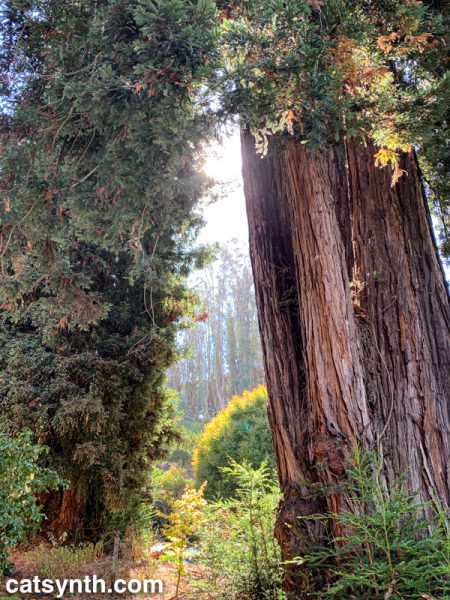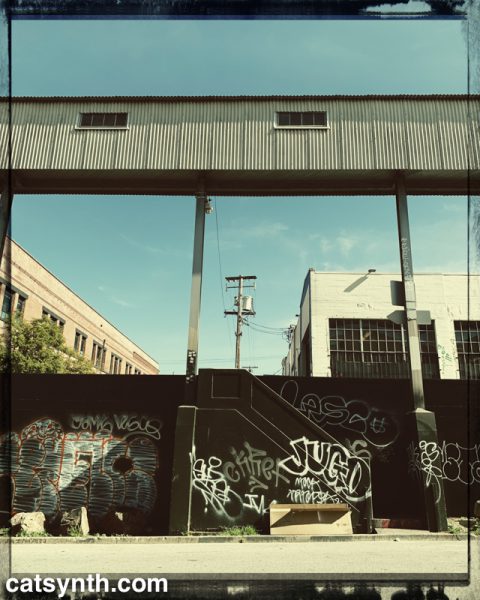
A rather lush arboreal scene within the city of San Francisco (and not in Golden Gate Park). Where could it be?


Hipstamatic shot near the end of Florida Street in San Francisco, very close to the location of an earlier photo featured in February.